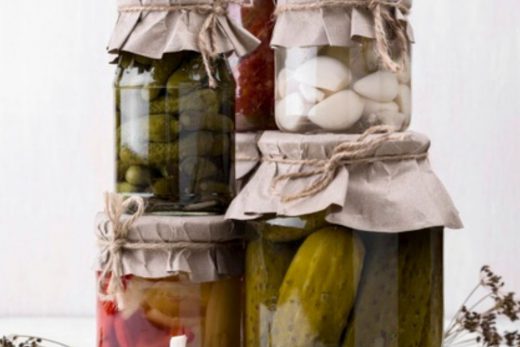That said, there is a large percentage of the home cook population that’s hesitant to heat up a few quarts of oil in their kitchens. (I’d be willing to wager my negligible income that the Venn diagram of people scared of frying and people who own well-seasoned cast iron woks looks like two non-overlapping circles.) It’s a group of people who have had to be content with one of two categories of “oven-fried” chicken wings. Blistering: As the chicken cooks, small bubbles of air or water trapped in the skin rapidly expand due to the heat. As this happens, it causes small, protein-reinforced bubbles to form. Some of these bubbles are lucky enough to simultaneously finish cooking and hardening as they form, increasing the skin’s surface area and creating the familiar nooks and crannies on a well-fried wing.
So clearly, in order to achieve baked-chicken-wing perfection, my goal should be to find ways to increase the rate at which all three of these reactions occur.





